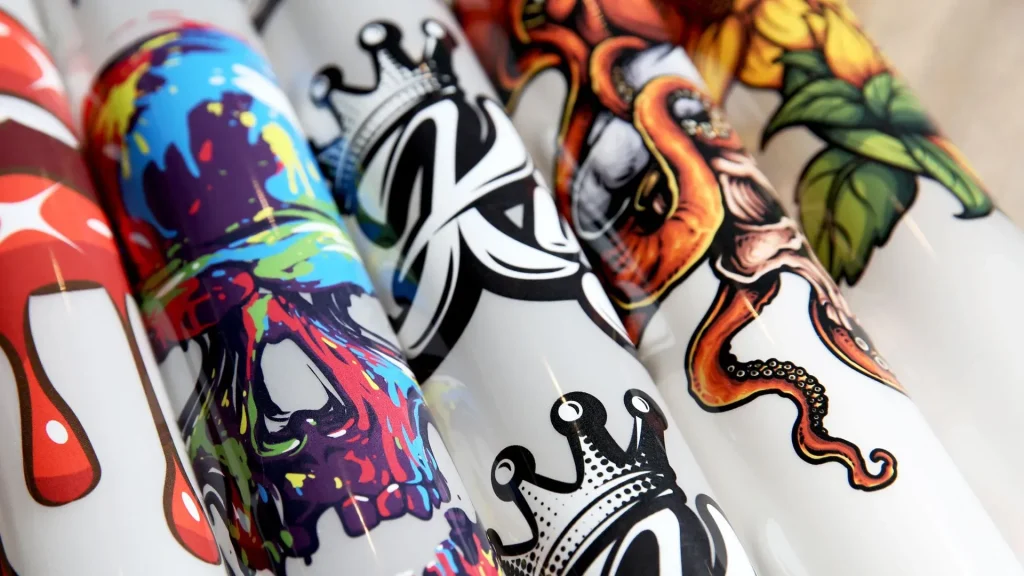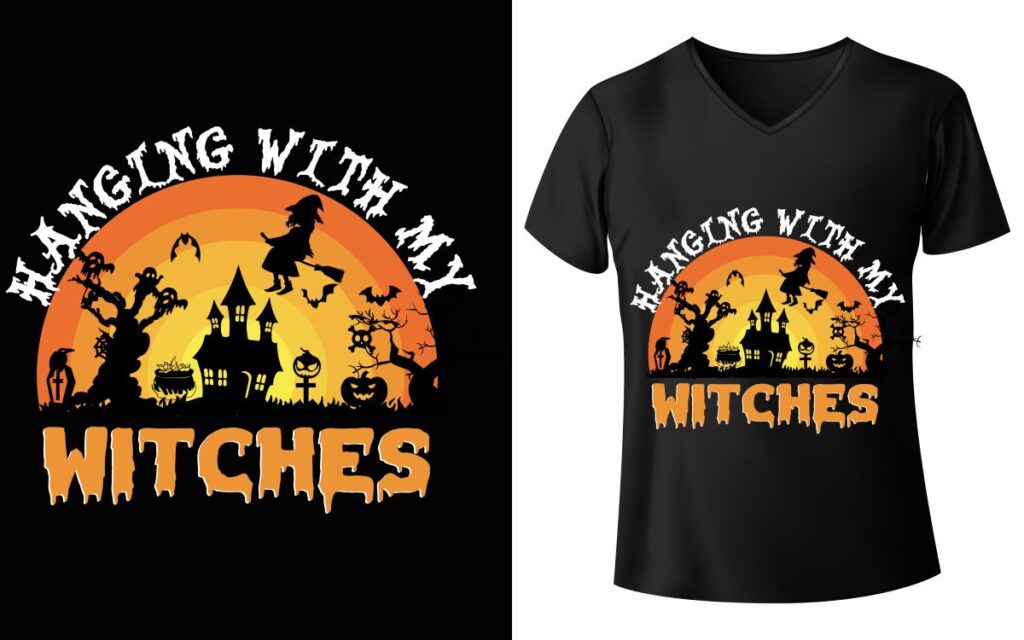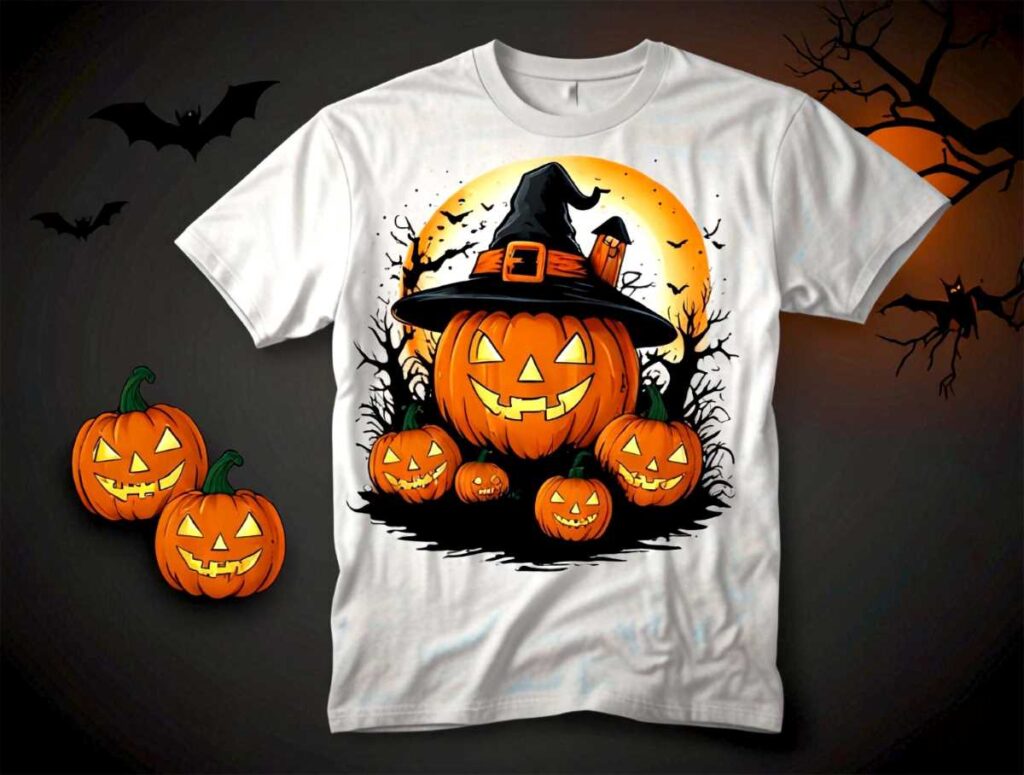If you’re diving into the world of custom apparel printing, you may have stumbled upon the term “DTF Transfers.” DTF, or Direct-to-Film, is an innovative printing method that combines advanced technology with outstanding results, making it ideal for custom designs. Understanding DTF transfers is crucial for anyone looking to elevate their printing game, whether you’re a hobbyist or a professional. This guide will cover the essentials, including how to use DTF transfers, the intricacies of the DTF printing process, and the numerous benefits of DTF transfers that can help you stand out in the competitive market. Join us as we explore the best materials for DTF transfers and provide a comprehensive DTF printing tutorial for beginners to get started on creating vibrant and durable prints.
In the realm of custom garment production, Direct-to-Film transfers represent a revolutionary technique that has transformed the industry. Often referred to as DTF printing, this modern process enables designers to print their artwork directly onto a specially formulated film before transferring it to fabric. The method is celebrated for its capacity to produce high-resolution images with brilliant colors and fine details, making it accessible to both aspiring artists and established print businesses. As we delve deeper, we’ll examine everything from the technical aspects to the materials required for effective DTF printing, highlighting the advantages it offers over traditional methods. With a wealth of information at your fingertips, you’re well on your way to mastering this exciting printing technique.
Understanding the DTF Printing Process
DTF printing, or Direct-to-Film printing, involves a series of meticulous steps that transform your creative designs into eye-catching prints. First, a design is created digitally, often using software like Adobe Illustrator or CorelDRAW, where artists can craft intricate images with vibrant colors. Once the design is finalized, the artwork is printed onto a special PET film using a DTF printer that’s capable of handling the unique inks required for this method. This initial print serves as the canvas for your design that will ultimately be transferred to various fabrics.
The next crucial step in the DTF printing process is applying a hot-melt adhesive powder onto the wet ink. This adhesive is what will ensure that the printed design adheres firmly to the fabric during the heat transfer process. After the adhesive is sprinkled over the wet ink, the film is cured in an oven to set the adhesive and prepare it for transfer. The final step involves using a heat press to apply the film onto the desired fabric, which results in a durable and vibrant print. This method not only provides high-detail and accurate color reproduction but also allows for compatibility with a wide range of materials.
Frequently Asked Questions
How do I use DTF transfers for custom apparel printing?
Using DTF transfers involves several steps: first, create or select your design in a compatible digital format. Next, print the design onto a PET transfer film using a specialized DTF printer. After applying a hot-melt adhesive powder to the wet ink, cure the design in an oven. Finally, use a heat press to transfer the design onto your fabric, ensuring a vibrant and durable print.
What is the DTF printing process and how does it work?
The DTF printing process begins with printing a design on a special transfer film using DTF inks. After printing, a hot-melt adhesive powder is applied to the wet ink, followed by curing in an oven. This prepares the design for application onto fabric using a heat press, ensuring a high-quality transfer that adheres well to various materials.
What are the benefits of using DTF transfers for printing?
The benefits of DTF transfers include high color accuracy and detail, versatility with different fabric types, and durability. DTF prints resist fading and washing, making them ideal for custom apparel. Additionally, the DTF process is efficient for both small and large production runs, catering to hobbyists and professional printers alike.
What materials are best for DTF transfers?
DTF transfers work best on a variety of fabrics, including 100% cotton, polyester, and blends of cotton and polyester. This flexibility allows DTF printing to be used on t-shirts, bags, and various other garment types. Ensuring you have the proper materials will maximize the quality and longevity of your DTF prints.
Where can I find a DTF printing tutorial for beginners?
For beginners, numerous resources are available to learn DTF printing. YouTube offers various tutorials from experienced users demonstrating the DTF process step-by-step. Additionally, online crafting communities and blogs provide valuable insights for mastering the DTF printing technique and troubleshooting common issues.
What initial costs should I expect when starting with DTF transfers?
Starting with DTF transfers requires an initial investment in equipment and materials. A quality DTF printer and heat press can cost several thousand dollars, with additional expenses for transfer films, inks, and hot-melt powder. However, the long-term profitability and demand for custom prints often justify the upfront costs.
| Key Point | Description |
|---|---|
| What are DTF Transfers? | Direct-to-Film (DTF) printing involves designs printed onto a film and then transferred to fabric. |
| The DTF Printing Process | 1. Use a DTF printer and transfer film. 2. Apply hot-melt adhesive. 3. Heat press to transfer the design. |
| Materials Compatibility | DTF works on cotton, polyester, and their blends, suitable for a variety of products. |
| Advantages of DTF Transfers | 1. High detail and color accuracy. 2. Flexible for small or bulk orders. 3. Durable and resistant to fading. |
| Costs and Initial Investment | Initial investment includes printer, heat press, and material costs which can total several thousand dollars. |
| Safety and Best Practices | Prioritize safety by following guidelines, ensuring ventilation, and handling equipment carefully. |
| Market Trends and Opportunities | Growing demand for custom apparel due to e-commerce and branding opportunities for businesses. |
Summary
DTF Transfers represent a revolutionary method in custom apparel printing, offering a blend of versatility and quality that caters to both hobbyists and professional businesses. The process allows creatives to achieve vibrant, high-resolution prints on a broad spectrum of fabrics, making it an attractive option for those looking to stand out in the competitive market. As the custom printing landscape shifts towards more innovative solutions, mastering DTF Transfers could be pivotal for anyone wanting to thrive in this exciting sector.



